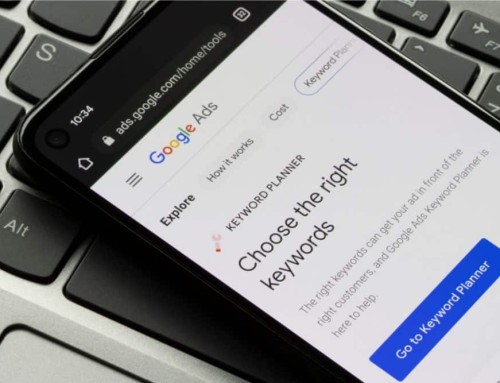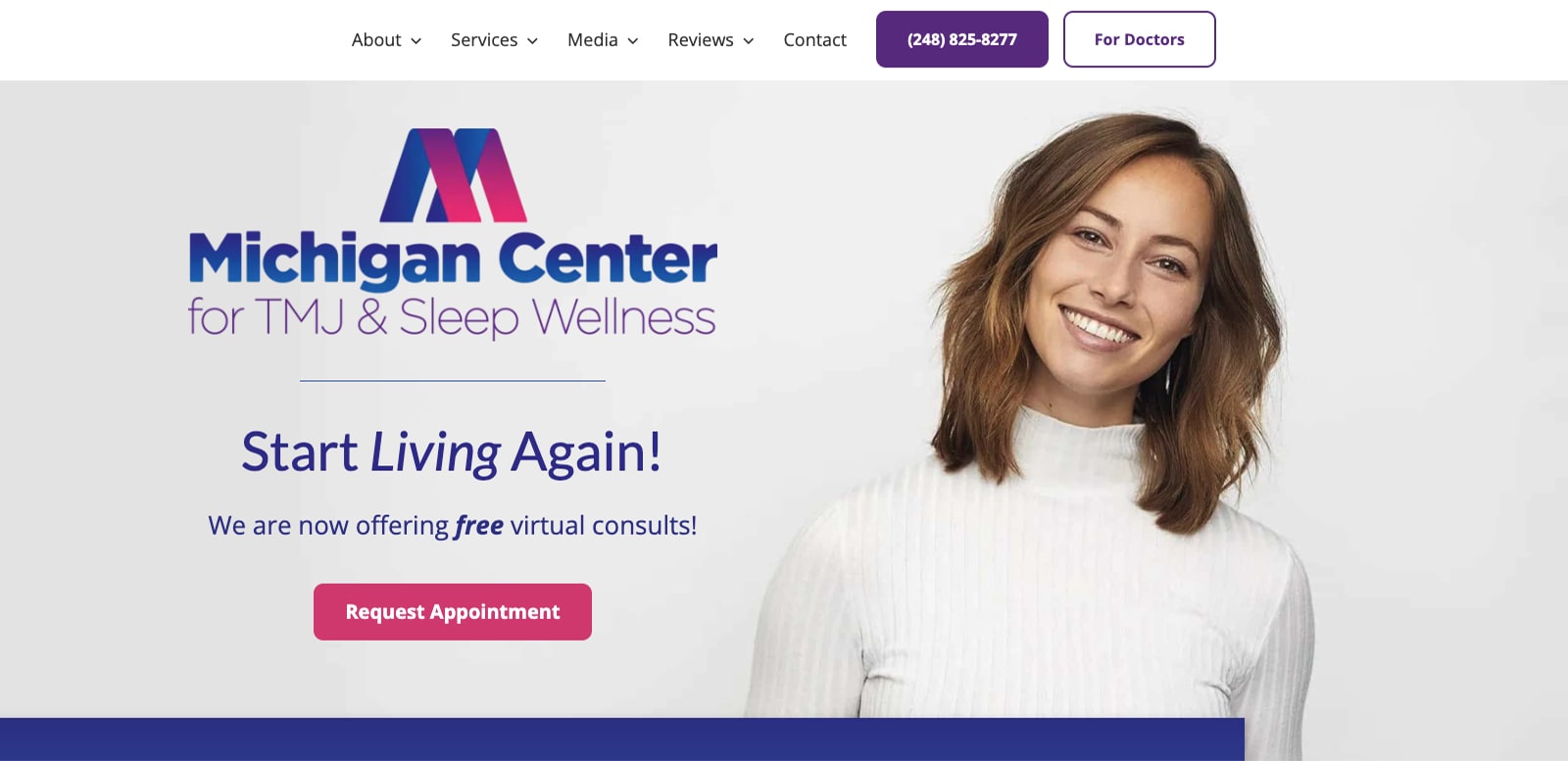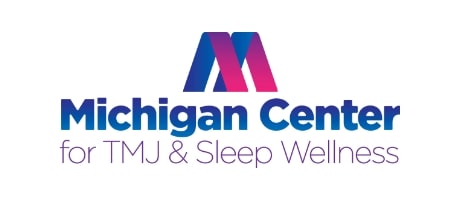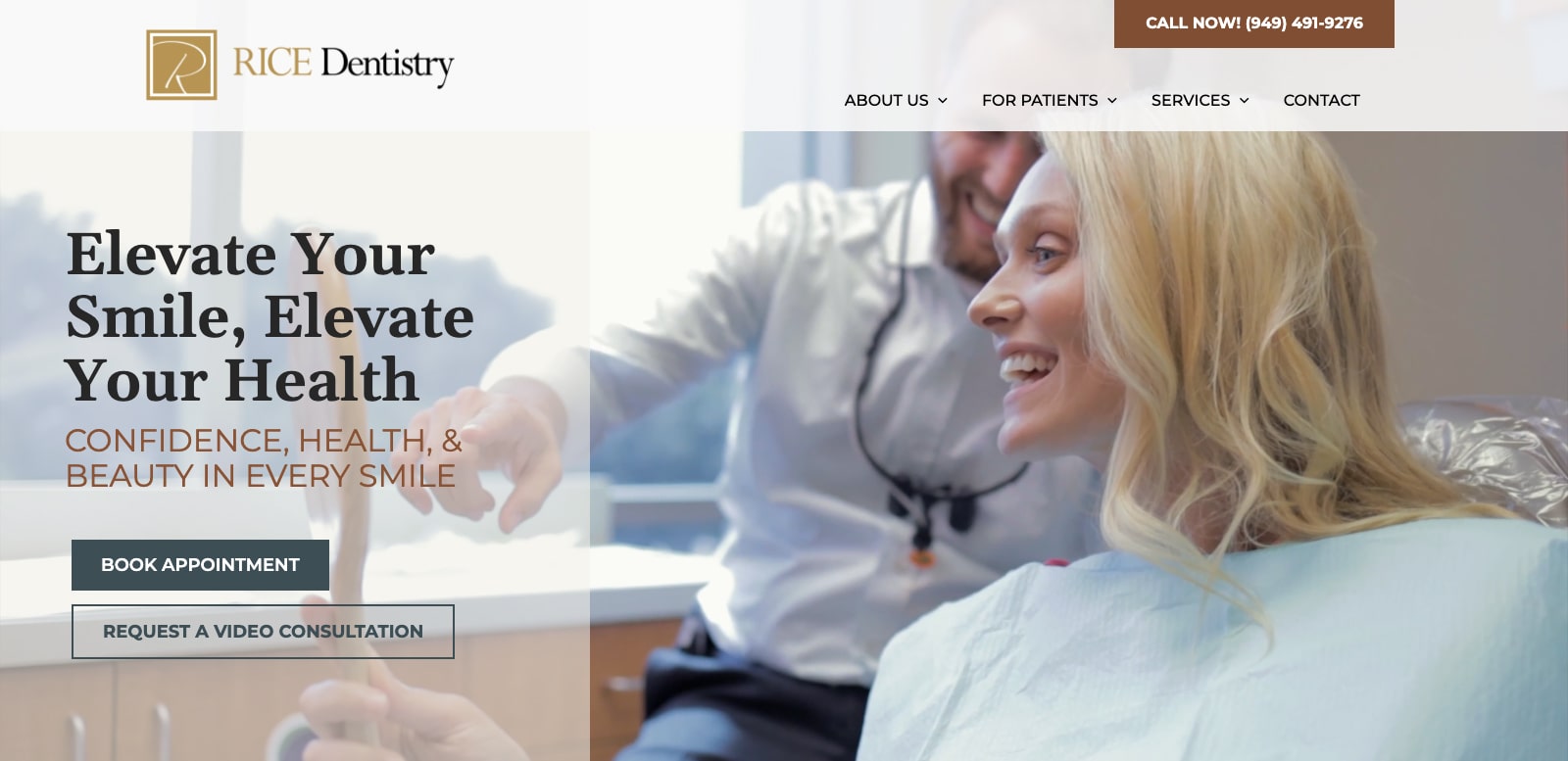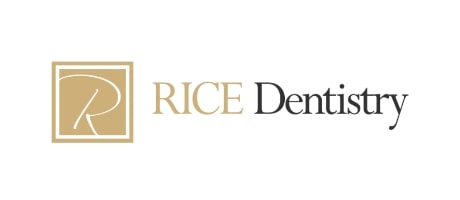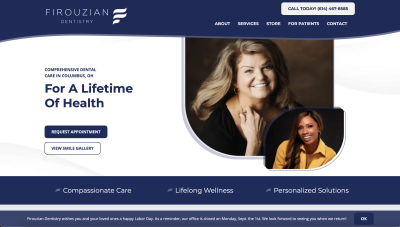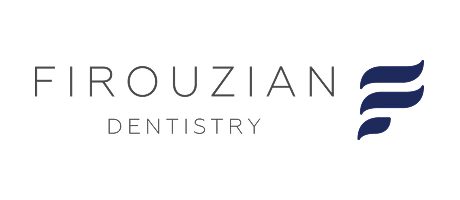In today’s competitive dental market, merely having a website isn’t enough to attract new patients. Google Ads are one of the most effective methods for quickly boosting your practice’s visibility and driving targeted traffic to your site. With Google Ads you’ll appear prominently in search engine results, and you only pay when someone clicks on your ad.
For dentists aiming to expand their patient base, leveraging Google Ads is crucial. Learn how PPC works, explore its specific benefits for the dental industry, and discover strategies to create successful campaigns that turn clicks into appointments. PPC allows you to target high-margin procedures like dental implants, Invisalign, and emergency dentistry, offering a cost-effective way to grow your practice and achieve a strong return on investment.
Why Google Ads For Dentists?
PPC advertising, including Google Ads, enables dental practices to display targeted ads on search engines and social media platforms, paying only when a user clicks on the ad. By targeting specific keywords related to dental services, your ads reach potential patients who are actively searching for those services. Unlike organic search results, PPC ads on Google provide immediate visibility at the top of search engine results, making them an essential tool for attracting new patients quickly.
In addition to search engine ads, Google Display Advertising is another powerful tool for dentists. With Google Display Ads, your practice can reach potential patients through visually engaging banner ads displayed across a vast network of websites and apps. This type of advertising helps increase brand awareness and keeps your practice top-of-mind for users who may not yet be actively searching for dental services but could be interested in the future.
By bidding on relevant keywords like “cosmetic dentistry in [Your City]” or “emergency dentist near me,” dental practices can reach a highly targeted audience. Additionally, PPC platforms like Google Ads offer advanced targeting options, such as location-based targeting, allowing dentists to focus their online advertising efforts on their local area where most patients are likely to come from.
Key Components of a Successful Google Ads Campaign
 A successful dental PPC campaign hinges on several critical components:
A successful dental PPC campaign hinges on several critical components:
- Keyword Research: Identifying the right keywords is essential. Focus on dental-specific terms that potential patients seek, such as “family dentist” or “teeth whitening.” Tools like Google Keyword Planner can help you find the most relevant and high-performing keywords.
- Ad Copywriting: Craft compelling and relevant ad copy that resonates with your target audience. Highlight unique selling points, such as special offers or patient testimonials.
- Landing Pages: Ensure that your landing pages are optimized for conversions. They should be relevant to the ad content and include clear calls-to-action (CTAs) to encourage potential patients to book an appointment.
Additional Tips:
- Leverage Case Studies: Highlight success stories from dental practices that have experienced significant improvements through Google Ads and other PPC campaigns, demonstrating the effectiveness of this strategy.
- Stay Updated with Trends: Stay on top of the latest PPC trends, such as AI-driven ad optimization and mobile-first strategies, to ensure your campaigns remain competitive and effective.
- Integrate with Other Marketing Efforts: Maximize your reach by combining PPC advertising with SEO and social media marketing strategies, creating a holistic approach to attract new patients.
- Address Common Challenges: Offer solutions to common PPC challenges, like managing high costs or improving low click-through rates, to help dental practices get the most out of their ad spend.
Advanced PPC Strategies for Dental Practices
To take your PPC campaign to the next level, consider implementing these advanced strategies:
Geo-Targeting
Dental practices typically serve a local community, making geo-targeting a crucial strategy. By setting your ads to only appear in specific geographic areas, you ensure that your online advertising budget is spent reaching potential patients who are within a practical distance of your office.
Ad Extensions
Utilize ad extensions to provide additional information directly in your ad. Extensions like call buttons, location details, or links to specific pages on your website (e.g., “Meet Our Team” or “New Patient Specials”) can increase your ad’s visibility and click-through rate, making it easier for potential patients to find exactly what they need.
Remarketing
Remarketing allows you to re-engage with users who have previously visited your website but did not convert. By showing these users tailored ads as they browse other sites, you keep your practice top-of-mind, encouraging them to return and schedule an appointment. This strategy is particularly effective for potential patients who may be in the research phase and need multiple touchpoints before deciding.
Implementing these advanced strategies can significantly improve the performance of your PPC campaigns, ensuring that your ads not only reach the right audience but also convert clicks into loyal patients.
Measuring and Optimizing Google Ads
 Success in PPC advertising hinges on consistent monitoring and optimization. Begin by tracking essential metrics like click-through rates and conversion rates, which reveal how effectively your ads are performing. For example, if one version of your ad consistently drives more conversions, you can refine your campaign based on these insights. Additionally, regularly adjusting your bids ensures that your budget is strategically allocated to high-performing keywords, maximizing your return on investment.
Success in PPC advertising hinges on consistent monitoring and optimization. Begin by tracking essential metrics like click-through rates and conversion rates, which reveal how effectively your ads are performing. For example, if one version of your ad consistently drives more conversions, you can refine your campaign based on these insights. Additionally, regularly adjusting your bids ensures that your budget is strategically allocated to high-performing keywords, maximizing your return on investment.
Common PPC Pitfalls and How to Avoid Them
Even with careful planning, Google Ads PPC campaigns can encounter several pitfalls. Here’s how to avoid some of the most common ones:
- High Costs: Monitor your Google Ads budget closely and adjust bids regularly to avoid overspending. Use negative keywords to filter out irrelevant clicks and ensure you’re targeting the right audience.
- Low Click-Through Rates (CTR): Enhance your ad copy to make it more compelling and relevant to your target audience. A/B test different versions of your Google Ads to identify which perform best and drive more clicks.
- Poor Keyword Selection: Regularly review and update your Google Ads keyword list to ensure you’re targeting the most effective and relevant terms for your dental practice.
- Lack of Conversion Tracking: Properly set up conversion tracking to measure how your Google Ads campaigns are performing. This will help you understand which ads are driving valuable actions and optimize accordingly.
- Ignoring Mobile Optimization: Ensure your Google Ads and landing pages are optimized for mobile, as more and more users engage with ads and convert via mobile devices.
By addressing these challenges proactively, you can improve the effectiveness of your Google Ads campaigns and attract more qualified patients to your dental practice.
Drive More Patients to Your Practice with Effective PPC Campaigns
PPC advertising can be a game-changer for dental practices, providing immediate visibility and attracting local patients who are actively searching for your services. By focusing on precise keyword targeting, compelling ad copy, and continuous optimization, your practice can achieve a strong return on investment. However, the complexities of Google Ads PPC campaigns require careful planning and expertise to avoid common pitfalls and maximize results.
Ready to boost your dental practice’s visibility with targeted PPC campaigns? At Pro Impressions Marketing, we specialize in creating and managing Google Ads campaigns that are designed to attract new patients and enhance your online presence. Contact us online or call us at (970) 672-1212 today for a consultation and start growing your practice!



